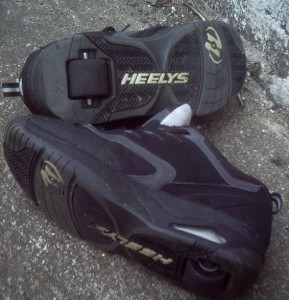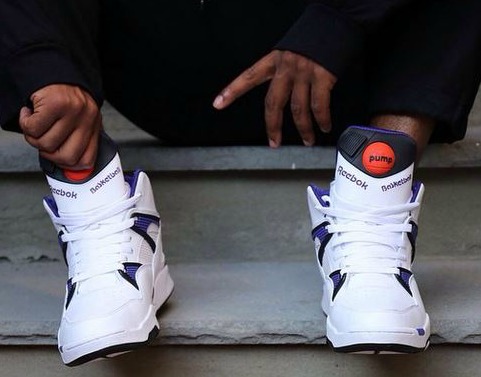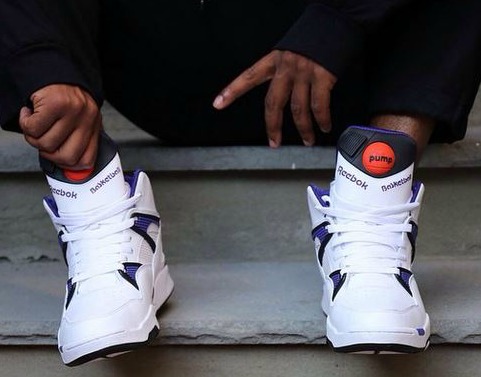These once-popular shoes aren’t what you’d call “sole survivors.”
THE REEBOK PUMP (1989)
This innovative sneaker featured an inflation system with a basketball-shaped pump on the tongue of each shoe that created a tighter “custom fit” around the ankle and top of the foot.
Despite a retail price upwards of $150, stores could hardly keep them in stock, probably because they were endorsed by NBA All- Star Dominique Wilkins and Slam Dunk champion Dee Brown.
When they started to cut into Nike Air Jordan’s market share, competitors introduced similar air-pump shoes, such as L.A. Gear’s Regulars and Nike’s Air Pressure. Neither could touch the Pump, but the fad was over by 1993—basketball players both pro and amateur went back to their Air Jordans.
HEELYS (2000)

LIGHT-UP SHOES (1992)
L.A. Lights, produced by L.A. Gear, were introduced at Foot Locker stores and sold for around $50. They featured red LED lights, embedded in the soles, that lit up every time the wearer took a step. The shoes became a hit with teens and adults, but despite selling 40 million pairs at Foot Locker in the 1990s, L.A. Gear filed for bankruptcy in 1998. Light-up shoes are still moderately popular…among children. A different company, Skechers, controls that market today.










